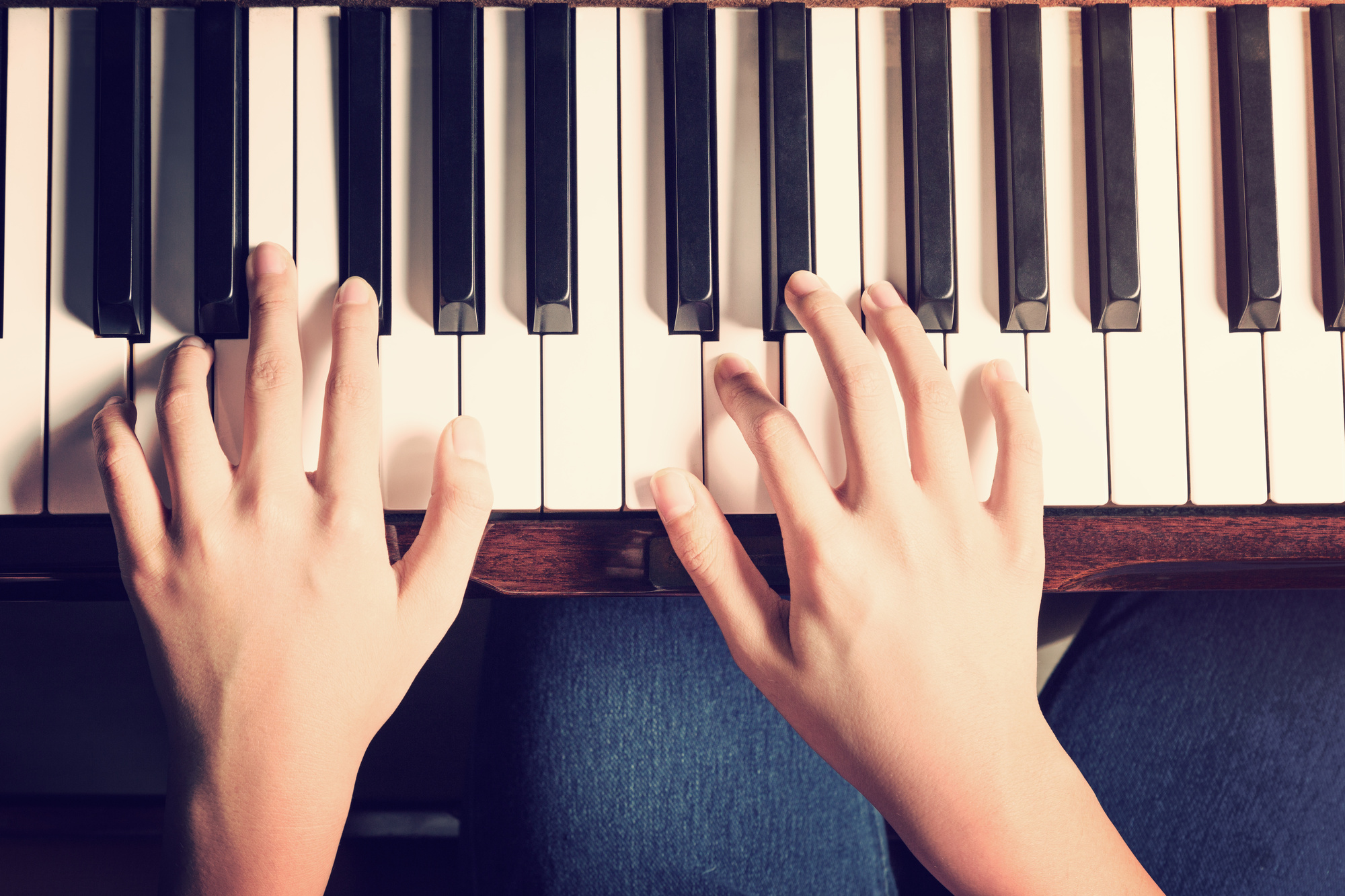
Learning to play a musical instrument can do wonders for both your physical and mental health. Playing music has been shown to be more beneficial for your brain health than any other activity!
When it comes to music, you have a wide variety of instruments to choose from. But the best route to take is to discover how to learn the piano.
Why? Because by learning the piano, you’ll learn how to read music, form chords, and identify notes upon hearing them, making it far easier to learn any other instrument that might interest you in the future.
To learn how to play the piano, all you need is an instrument and a willingness to practice. But it’s not quite as simple as that makes it sound! For a detailed guide to learning how to play piano with confidence, just keep reading.
Choose a Piano
The first step in learning to play the piano is to purchase a piano for yourself. Now, pianos are among the most expensive instruments, especially if your dream is to own a grand piano. But you don’t have to jump straight to the top-of-the-line options!
The best thing to do is start with a keyboard. They’re easier on your hands, don’t take up as much space, and never go out of tune.
If you’re not sure which piano is for you, ask your local music store if you can rent! Most stores allow keyboard rentals so you can test drive a potential option before investing in it. You can also take a look at Music Advisor to discover more about choosing the best piano for you.
Start With the Basics
Once you have the instrument in your home, it’s time to familiarize yourself with it. As great as it would be to be able to play any song on the piano the first time you touch it, this simply isn’t a reality. Before you can play a full sonata, you have to learn the basics.
Start with learning how to sit at the piano – improper posture can have serious negative impacts on your health and makes it more difficult to play.
Next, work on positioning your hands. Again, improper hand position can cause injury. A repetitive motion injury due to poor hand placement can postpone your practice, even make it impossible.
Learn Proper Positioning
So how do you learn proper positioning? Well, there’s a simple exercise that you can do.
Allow your arms to rest relaxed at your sides – do you notice that your hands form a C shape rather than straightening out? This is the shape your hands should take when resting on the piano keys.
With your hands in the relaxed “C position” and your wrists and forearms straight, begin playing five-finger patterns. It doesn’t matter where you start, this exercise is all about learning the geography of your keyboard.
Learn the Notes
As you learn the geography of your keyboard, try to call out the notes as you hit them. To do this, find a pair of black keys – the white key to their left is a note C. Working your way to the right, the following white keys are D, E, F, G, A, B.
There’s more than one set of notes on your piano, but each one is in an eight-note group or an octave. The black keys above the white are your sharps and flats. So, for example, the black key to the right of any note C either produces a C sharp (C#) or a D flat (Db).
As you begin to familiarize yourself with the notes of the piano, you can then match them to the notes on a page of sheet music. Your eyes should always be on the music in front of you rather than on your fingers on the piano.
Build Dexterity
Playing piano for the first time can feel discouraging. Rather than producing beautiful piano chords, you’ll likely be clumsily plinking out single notes. There’s nothing wrong with that!
Everyone has to start somewhere, the best thing you can do is take a deep breath and relax. Allowing yourself to be okay with being a beginner will make learning easier. Holding your breath and tensing your body won’t help you learn the piano!
To build your dexterity, don’t start with beginner songs right away. Instead, practice playing the scales.
Play up and down the octaves with both hands and try to keep a steady rhythm. This will increase your finger strength and make those beginner songs easier to learn once you get to them.
Practice Every Day
Like any instrument, the piano takes an enormous amount of dedication to master. The more time you commit to practicing every day, the faster you’ll progress.
This doesn’t mean you have to dedicate all your free time to the piano; however, it does mean that there should be a certain amount of time set aside daily for practice.
Keep a list of your goals, including songs and technical milestones, that you can refer to for motivation when you’re feeling frustrated. And don’t forget that, above all else, playing the piano should be fun!
Start a New Hobby With This Guide on How to Learn the Piano
There’s no better hobby than playing a musical instrument, and no better instrument than the piano! Now that you know how to learn the piano, you’re ready to get started on your musical journey.
Remember, the best thing you can do for yourself and your progress is to practice patience. You can’t learn to play intricate pieces overnight. Take your time and enjoy the relaxation and mental exercise piano provides.
Looking for more ways to improve your health through relaxing activities? Check out our blog for tons of health-boosting tips and tricks.
Leave a Reply